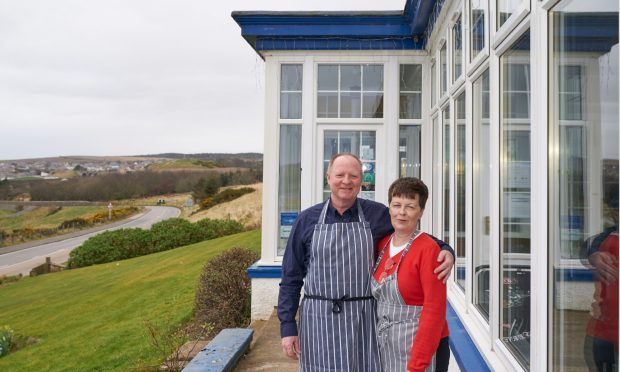A new National Planning Framework will guide land decisions in Scotland for the next 10 years. Claire Crawford explains what’s in it for the north-east as an upturn in commercial property markets “ripples through” to housing.
In his presentation at our Scottish Property Outlook in Aberdeen at the end of January, my Savills Earth colleague, Jamie Kelman, outlined Aberdeen’s great potential to be at the forefront of clean energy production.
In the meantime, a recovery in the wider energy sector has led to an improving commercial property market over the past 12 months. We know from past experience that an upturn in Aberdeen’s commercial markets ripples through to the housing sector.
The adoption last month of Scotland’s new planning policy, National Planning Framework 4, has put climate change in the driver’s seat for land development.
At a time when the cost of living crisis is impacting house prices, build costs remain high and development finance is costly and difficult to obtain.
The residential development land market in Scotland has taken a moment of pause and, unsurprisingly, seen a dip in value.
But in Aberdeen, we should arguably be more optimistic than most about the prospect of much-needed residential development.
New-build home prices higher
The average price of a new-build home in Aberdeen rose by 3% to £302,969 in the 12 months to November 2022.
This was the first time it had surpassed £300,000 since the peak of the market in 2015.
Local housebuilders have adapted to the cost-of-living crisis by offering incentives and contributions towards mortgages and deposits.
There is the added marketing tool that new-build homes are more energy-efficient, which is appealing to today’s cost-conscious buyers.
According to Savills research, 79% of buyers who, responded to a recent survey said the prospective energy consumption of a home is now more important to them.
As consumer preferences continue to change and a desire for sustainable properties becomes a higher priority, we expect new-build homes to be at the forefront of the housing market.
Holyrood’s recent interventions in relation to the lettings market, including the rent cap, have given build-to-rent and private rented sector investors pause for thought.
They have also caused private landlords to exit the market at a time when would-be buyers are unable to afford mortgage rate hikes.
There is shortage of high quality rental stock for both single and multi-family accommodation. This is clearly an opportunity for investors willing to move north.”
In Aberdeen, we have seen a steady rise in average asking rents, increasing to £772 per calendar month in Q4 2022.
There is shortage of high quality rental stock for both single and multi-family accommodation. This is clearly an opportunity for investors willing to move north.
Following a 43% increase across the country from July 2020 to July 2022, build costs began to settle last summer – falling slightly from July to August and remaining stable through to November.
Aberdeen less impacted by mini-Budget turmoil
The pressure this put on local land prices was muted before the mini-Budget, as the housing market post-Covid performed well.
In Aberdeen, this stability led to new players entering the market at a time land prices were rising significantly in the central belt.
The mini-Budget changed fortunes in the south.
Aberdeen has been more stable and new players in the market continue to be attracted to the area, resulting in healthy competition for land.
National Planning Framework 4 will undoubtedly have an impact on how land deals are shaped, particularly option agreements, and on how land is allocated.
The industry is adapting, evolving and learning about this new framework but policies relating to its focus on biodiversity enhancement, brownfield/vacant and derelict land, plus the “20-minute neighbourhood” will impact all aspects of development.
The argument about whether current market conditions can stand a major change in policy will be played out over 2023.
Claire Crawford is associate director, development, in the Aberdeen office of Savills.







Conversation